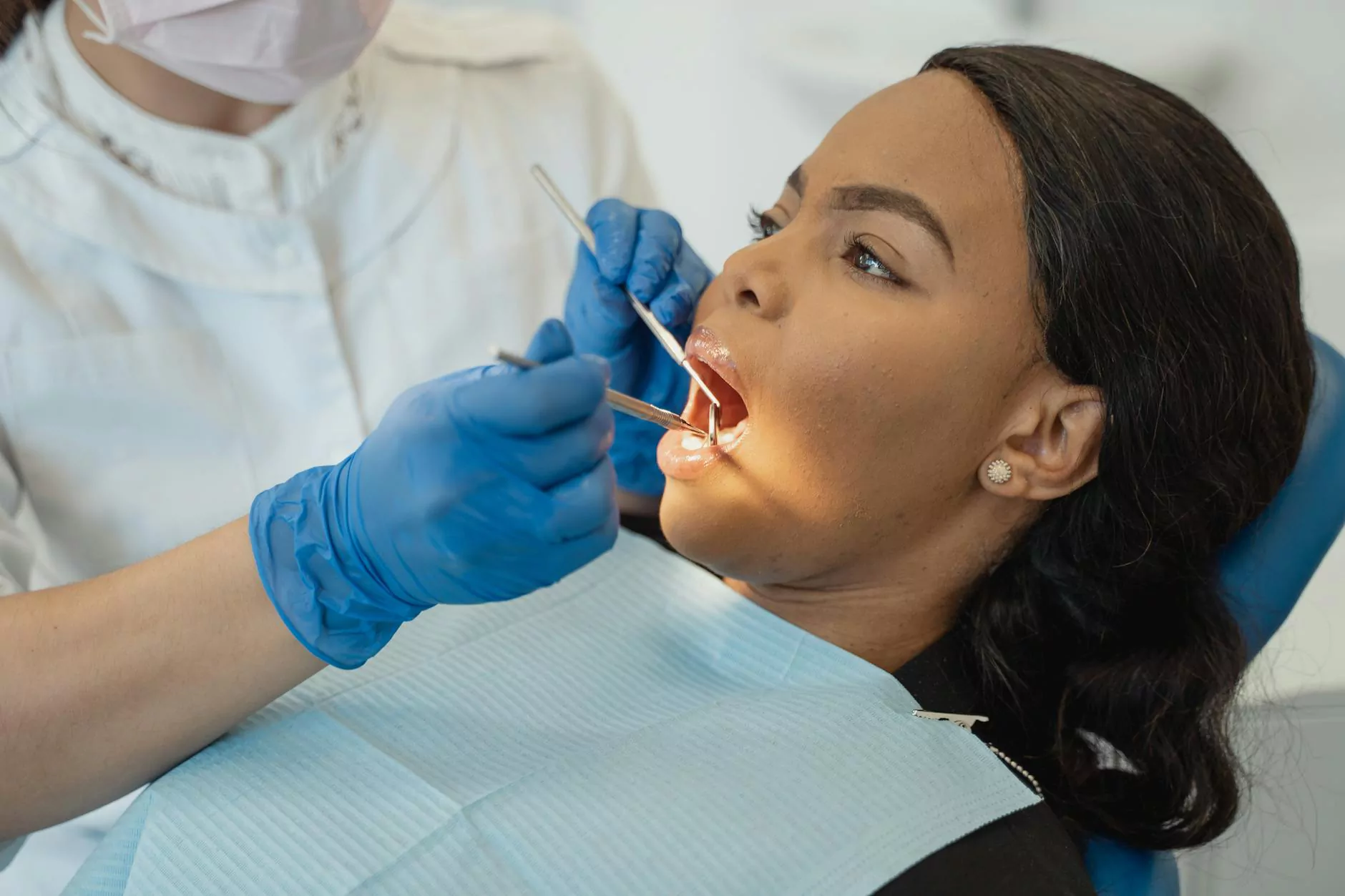In-Depth Exploration of Tenosynovitis and Tendonitis: Critical Conditions in Health & Medical Practice

In the realm of healthcare, especially within the fields of orthopedics, physical therapy, and chiropractic care, understanding the intricacies of musculoskeletal conditions is vital. Among these, tenosynovitis and tendonitis stand out as prevalent, often debilitating conditions that affect millions worldwide. Their accurate diagnosis, effective management, and innovative treatments are essential components of modern medical practice, significantly impacting patient quality of life.
Understanding the Fundamental Differences Between Tenosynovitis and Tendonitis
While these two conditions are frequently discussed together due to their similar symptoms and affected structures, they are distinct in their pathology and clinical presentation. Proper comprehension of these differences is crucial for healthcare providers involved in diagnosis and treatment planning.
What is Tendonitis?
Tendonitis refers to the inflammation or irritation of a tendon, which is the fibrous connective tissue that attaches muscle to bone. It typically results from overuse, repetitive motion, acute injury, or age-related degeneration. Commonly affected tendons include those in the shoulders (rotator cuff tendinitis), elbows (tennis elbow), knees (jumper’s knee), and ankles (achilles tendonitis).
Key Symptoms of Tendonitis
- Pain at the site of the affected tendon, often worsening with activity
- Stiffness and tenderness around the tendon
- Swelling and warmth in the area
- Decreased range of motion
- Weakness in the affected limb
What is Tenosynovitis?
Tenosynovitis involves inflammation of the synovial sheath that encases a tendon. Unlike tendonitis, which affects the tendon itself, tenosynovitis impacts the synovial membrane, leading to increased friction during movement. It commonly affects the wrist, fingers, and ankles, and can be caused by repetitive movements, infection, or underlying conditions such as rheumatoid arthritis.
Key Symptoms of Tenosynovitis
- Pain during and after movement, often sharp
- Swelling and palpable crepitus (a grating sensation)
- Limited mobility or movement difficulty
- Localized warmth and redness
- Possible fever if caused by infection
Causes and Risk Factors
Understanding the causes of tenosynovitis and tendonitis enables practitioners to design effective prevention and treatment strategies. While overuse and repetitive strain are common culprits, other factors may include:
- Trauma or sudden injuries
- Age-related degeneration
- Chronic diseases such as rheumatoid arthritis or gout
- Infections causing localized inflammation
- Poor biomechanics or ergonomic issues
- Inadequate warm-up or stretching routines
Diagnosis: Precision in Identifying Tenosynovitis and Tendonitis
Accurate diagnosis involves a comprehensive clinical evaluation, including medical history, symptom assessment, physical examination, and imaging modalities. Advanced tools include:
- Ultrasound imaging for dynamic assessment of tendons and sheath
- MRI scans for detailed visualization of soft tissue inflammation
- Laboratory tests when infection or systemic diseases are suspected
Innovative Treatment Strategies for Tenosynovitis and Tendonitis
Conservative Management Approaches
Most cases respond well to minimally invasive treatments, emphasizing rest and anti-inflammatory measures:
- Rest and immobilization to reduce stress on affected structures
- Ice therapy to decrease swelling and pain
- Nonsteroidal anti-inflammatory drugs (NSAIDs) for symptom relief
- Physical therapy focusing on stretching, strengthening, and improving biomechanics
- Ergonomic modifications in daily activities and workplace setups
Advanced Medical Interventions
When conservative treatments are insufficient, healthcare professionals can consider:
- Corticosteroid injections to reduce inflammation directly at the site
- Platelet-rich plasma (PRP) therapy for promoting tissue healing
- Ultrasonic tenotomy or minimally invasive procedures that target degenerated tissue
- Surgical options such as tenotomy or sheath release in persistent, severe cases
Preventive Strategies and Lifestyle Changes
Preventing tenosynovitis and tendonitis requires proactive measures, especially for those in high-risk groups or with recurring issues:
- Regular warm-up and stretching routines before physical activity
- Maintaining proper ergonomics at workstations and during repetitive tasks
- Strengthening exercises to promote flexibility and stability of tendons
- Avoiding overexertion and ensuring adequate rest periods
- Using proper equipment to minimize strain
- Addressing underlying health issues that may predispose to inflammation
The Role of Dedicated Healthcare Practices in Managing Tenosynovitis and Tendonitis
Specialized clinics and practitioners, including chiropractors, physical therapists, and medical doctors, collaborate in offering a comprehensive approach. The components include:
- Patient education on managing activity levels and injury prevention
- Personalized treatment plans based on individual needs and condition severity
- Integration of advanced therapies to facilitate optimal recovery
- Monitoring and follow-up to prevent re-injury and ensure long-term health
Emerging Trends and Future Directions in Treatment of Tenosynovitis and Tendonitis
The future of managing these conditions lies in innovations such as regenerative medicine, biologic therapies, and targeted minimally invasive procedures. Researchers are exploring:
- Stem cell therapies for tissue regeneration
- Gene therapy to modulate inflammation and promote healing
- Nanotechnology in drug delivery for localized treatment
- Digital health tools for remote monitoring and personalized interventions
Conclusion: Elevating Healthcare Practice with Knowledge on Tenosynovitis and Tendonitis
In the dynamic landscape of health and medical services, the ability to accurately diagnose, properly manage, and innovatively treat tenosynovitis and tendonitis distinguishes leading practitioners and institutions. Emphasizing prevention, patient education, advanced therapies, and collaborative care ensures optimal patient outcomes. For healthcare businesses like iaom-us.com, integrating comprehensive knowledge and cutting-edge solutions in managing these musculoskeletal conditions can position them as authorities and trusted providers in the industry.
By investing in continuous professional development, adopting state-of-the-art treatment modalities, and fostering patient-centered care, healthcare providers can significantly improve quality of life for individuals suffering from these common yet complex conditions.









